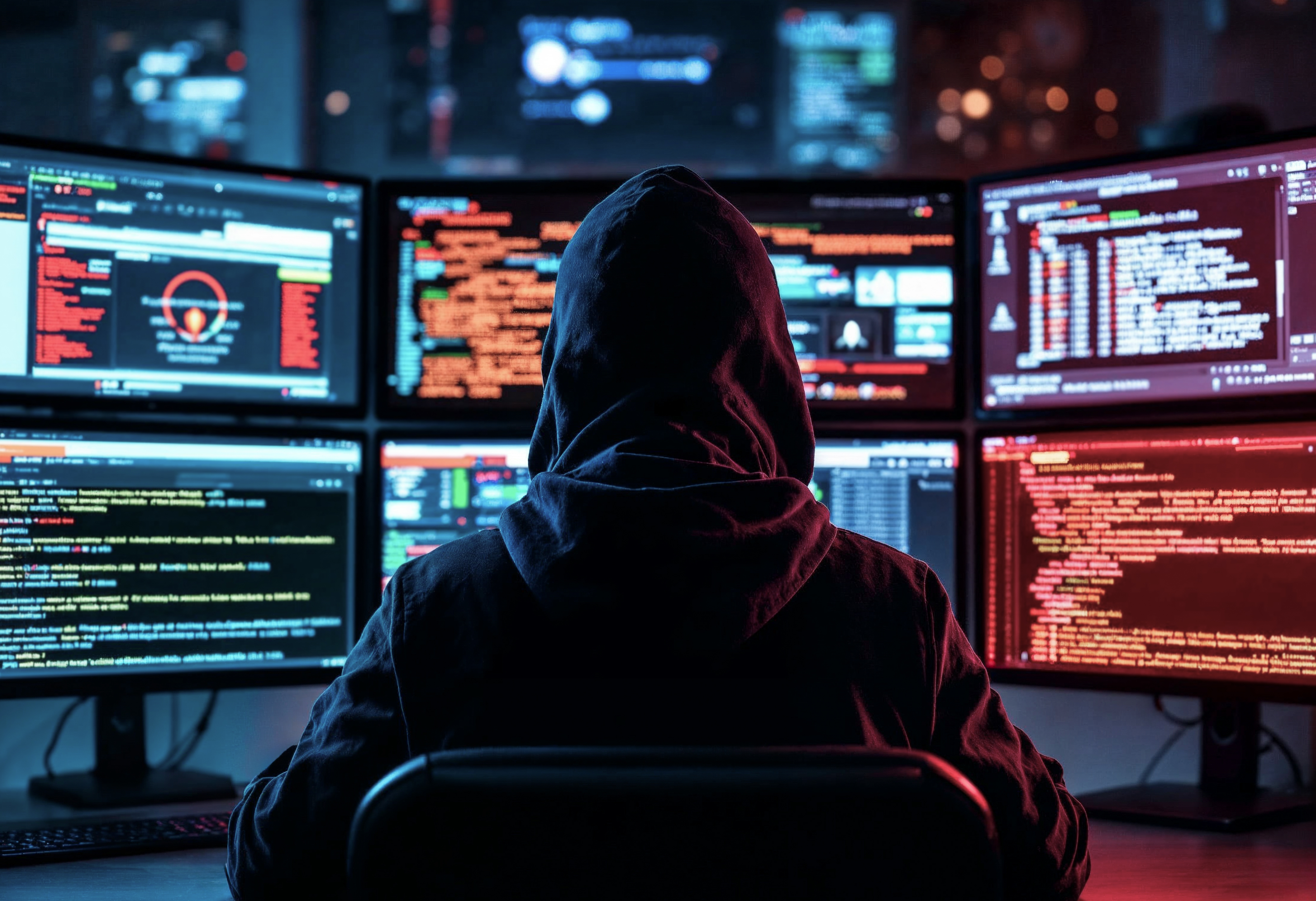A consortium comprising the Artificial Intelligence Infrastructure Partnership, MGX, and BlackRock’s Global Infrastructure Partners has announced the acquisition of Aligned Data Centers for an estimated forty billion dollars.
The move marks a major step towards expanding the infrastructure underpinning global AI and cloud growth.
Aligned, headquartered in Dallas, operates more than fifty campuses and five gigawatts of capacity across the US and Latin America. The company is known for its patented air, liquid, and hybrid cooling systems that enhance efficiency and sustainability, particularly in high-density AI environments.
Under the consortium, Aligned will accelerate the development of scalable and energy-efficient data facilities to meet rising global demand.
The Artificial Intelligence Infrastructure Partnership was founded by BlackRock, GIP, MGX, Microsoft, and NVIDIA to advance large-scale AI infrastructure investment.
Backed by sovereign wealth funds from Kuwait and Singapore, it aims to mobilise thirty billion dollars in equity and up to one hundred billion, including debt.
The Aligned acquisition represents its first major investment and positions the company as a cornerstone of the group’s strategy.
Executives from BlackRock, MGX, and GIP said the deal reflects a shared commitment to building sustainable, resilient infrastructure for the AI era.
Aligned CEO Andrew Schaap added that the partnership would strengthen the company’s global reach and innovation capacity, redefining standards for digital infrastructure in an increasingly AI-driven economy.
Would you like to learn more about AI, tech and digital diplomacy? If so, ask our Diplo chatbot!










